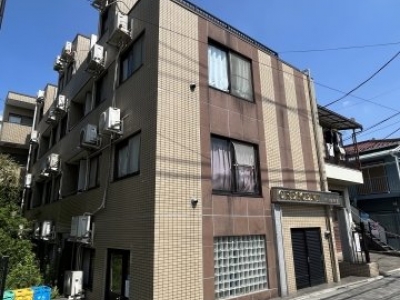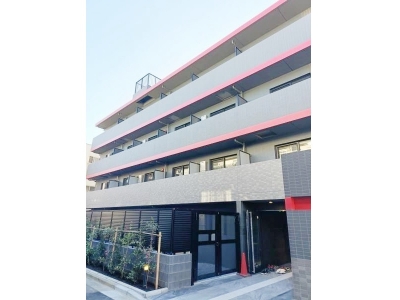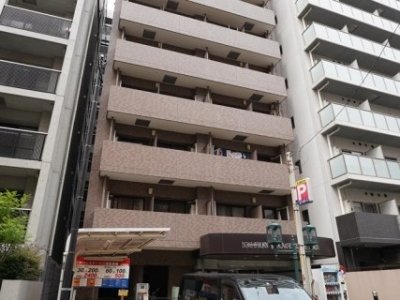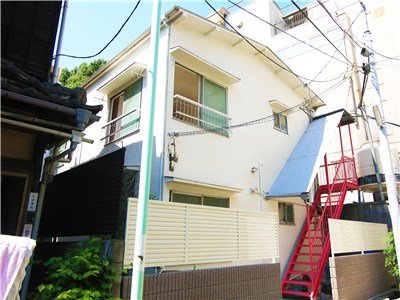55 houses with 207rooms in
Toei-Mita line
The Toei Mita line is a subway that goes from Meguro station in Shinagawa ward to Nishi-Takashimadaira station in Itabashi ward, Tokyo.
Toei-Mita line(207)
Meguro (26) Shirokanedai (17) Shirokane Takanawa (19) Mita(Tokyo) (6) Shibakoen (4) Onarimon (6) Jimbocho (9) Suidobashi (7) Kasuga(Tokyo) (19) Hakusan(Tokyo) (19) Sengoku (2) Sugamo (1) Nishi Sugamo (7) Shin Itabashi (2) Itabashikuyakushomae (11) Itabashihoncho (28) Motohasunuma (20) Shimura Sakaue (7) Shimura Sanchome (1) Hasune (7) Nishidai(Tokyo) (12) Takashimadaira (6) Shin Takashimadaira (33)
choose line: Toei-Mita line Change
0 properties, 0 rooms found.
Please change or delete the search criteria. There are currently no properties that fit these criteria.
There are currently no properties listed under this category.
0 properties, 0 rooms found.
Apartment
Apartments to rent from 1 month
APARTMENT
Crescent Koishikawa Botanical Garden
2 Sengoku, Bunkyo-ku, Tokyo
Move in conditions:
Female Male
- No Guarantor Deposit
- No guarantor
- No furnitures and appliances
- Minimum contract period: 1 year
Bicycle parking
¥69,000 - ¥69,000
APARTMENT
LUMEED Shimurazakaue
2, Azusawa, Itabashi-ku, Tokyo
Move in conditions:
Female Male
- No security deposit
- No Guarantor Deposit
- No guarantor
- Foreign Residents Allowed
- Furnished
- Minimum contract period: 1 year
Delivery box
Rooms for 2 or more available
Private room with bathroom,
kitchen, or toilet facilities
¥150,000 - ¥150,000 Vacancy soon
APARTMENT
Nissin Palace Stage Mita
This apartment is conveniently located a 10-minute walk from Tamachi S……
Mita Minato-ku Tokyo
JR-KeihinTohoku line / Tamachi(Tokyo) 10minutes
Move in conditions:
Female Male
- Foreign Residents Allowed
Bicycle parking
Delivery box
Private room with bathroom,
kitchen, or toilet facilities
¥75,000 - ¥75,000 Full
Women-only houses only
Easy living and peace of mind! Women-only houses here
SHAREHOUSE
FLORA SHIROKANEDAI
Share house for women's only in Shirokanedai、an convenient area. ……
Tokyo-to Minato-ku Shirokanedai
TokyoMetro-Namboku line / Shirokanedai 5minutes
Move in conditions:
Female
- No Key Money
- No security deposit
- No Guarantor Deposit
- No brokerage Fee
- No guarantor
- No guarantor company
- Foreign Residents Allowed
- Women only
- Women-only rooms available
- Non-Smoking house
- Furnished
- Monthly
Bicycle parking
within 5 minutes to station
Non-Smoking house
Rooms for 2 or more available
¥62,000 - ¥77,000 Vacancy soon
-
Gender:
FemaleMale
-
Nationality:
Foreigner Japanese
-
Age:
10~29 30~49 Over 50
SHAREHOUSE
FLORA GARDEN AZABU
2014May 7th OPEN. 9min from Minami-Azabu stn- new Womens Share House. ……
Tokyo-to Minato-ku Minamiazabu
TokyoMetro-Namboku line / Azabu Juban 9minutes
Move in conditions:
Female
- No Key Money
- No security deposit
- No Guarantor Deposit
- No brokerage Fee
- No guarantor
- No guarantor company
- Foreign Residents Allowed
- Women only
- Women-only rooms available
- Non-Smoking house
- Furnished
- Monthly
Bicycle parking
Scooter and motorcycle parking
Delivery box
Garden, rooftop, terrace
Non-Smoking house
Rooms for 2 or more available
¥93,000 - ¥108,000 Full
-
Gender:
FemaleMale
-
Nationality:
Foreigner Japanese
-
Age:
10~29 30~49 Over 50
Rooms for rent in Toei-Mita line
Rental market price in Toei-Mita line
| Share House | Average ¥65,570 |
|---|---|
| Apartment | Average ¥142,873 |
Tenant demographic graph of Toei-Mita line
By gender
By age
By country
Railway Overview
The Toei Mita line has 27 stations over 26.5 km. It makes a sort of curve north to south. Between Meguro and Shirokane Takanawa stations, the tracks are shared with the Tokyo Metro Namboku line. Between Meguro and Hiyoshi there is through service on the Meguro line. The Mita line started in 1968, connecting Sugamo station to Takashimadaira (currently Shimura station). 4 years later it extended to Hibiya, and the year after that to Mita; 3 years after that it was extended to Nishi-Takashimadaira, and finally in September 2000 direct service began through Meguro line. It is an important access line for people living in the northwest Itabashi ward and along the Meguro line.
Places to see
One of Tokyo's most famous spots, Tokyo Tower, is along the Mita line. You can walk to it from Shiba Koen station or Onarimon station. Tokyo Tower is actually not its official name: the official name is "Nihon Denpato", or Japan radio tower. Tokyo Tower was finished in December 1958, and is 333 meters tall. It cost 3 billion yen and took 220,000 people 18 months to build. There are viewing platforms at 125 meters and 223 meters. The tower is recognizable by its orange and red stripes, and its antenna broadcasts television and FM radio signals, as well as serves as the wireless emergency communication line for JR East, and also provides data readings for the metropolitan government. For 51 years, it was the tallest free-standing construction in Japan. Now it has been surpassed by SkyTree, but it is still easily one of Tokyo's most famous landmarks.
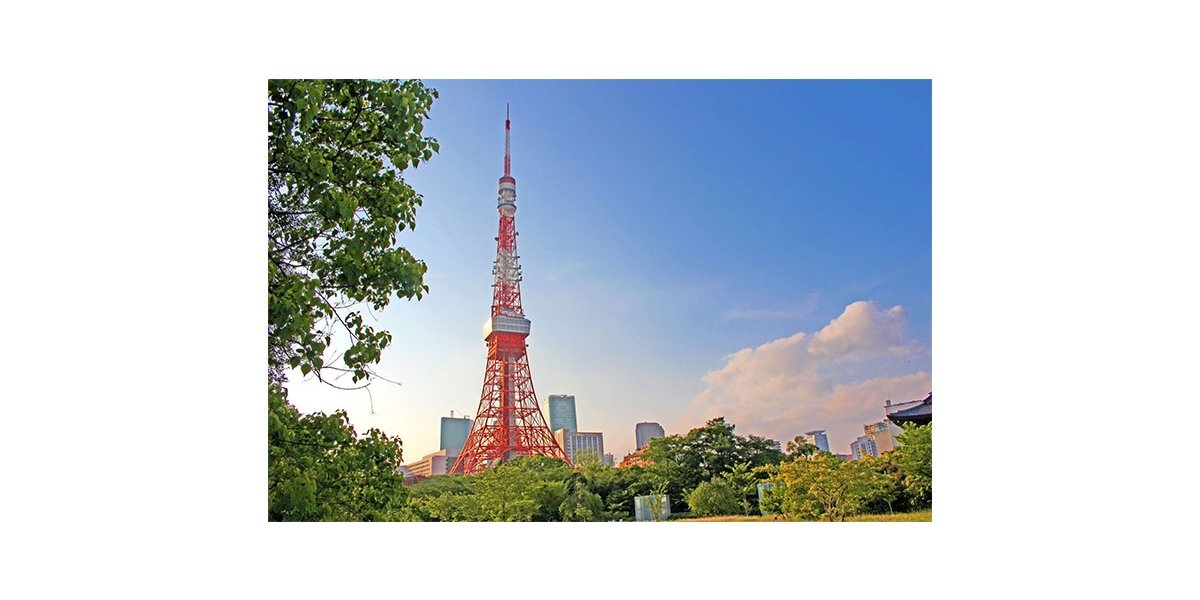
Lifestyle
Areas served by the Mita line do not have many residential areas, and rent prices are on the high end. As for recommended areas to live along the Mita line, those would be the Toshima and Itabashi ward areas from Sugamo station to the north. National highway 17 runs underneath the station, and Kanpachi dori is also nearby. This is in the north of Tokyo, and while it may be removed from the center of the metropolis, there are many more places to live conveniently. The Itabashi ward office is actually connected to Itabashikuyakushomae station, making it easy to get official business done. There are also many schools in this area which is good for families. The line is good for those commuting to the Otemachi, Hibiya, and Mita areas.
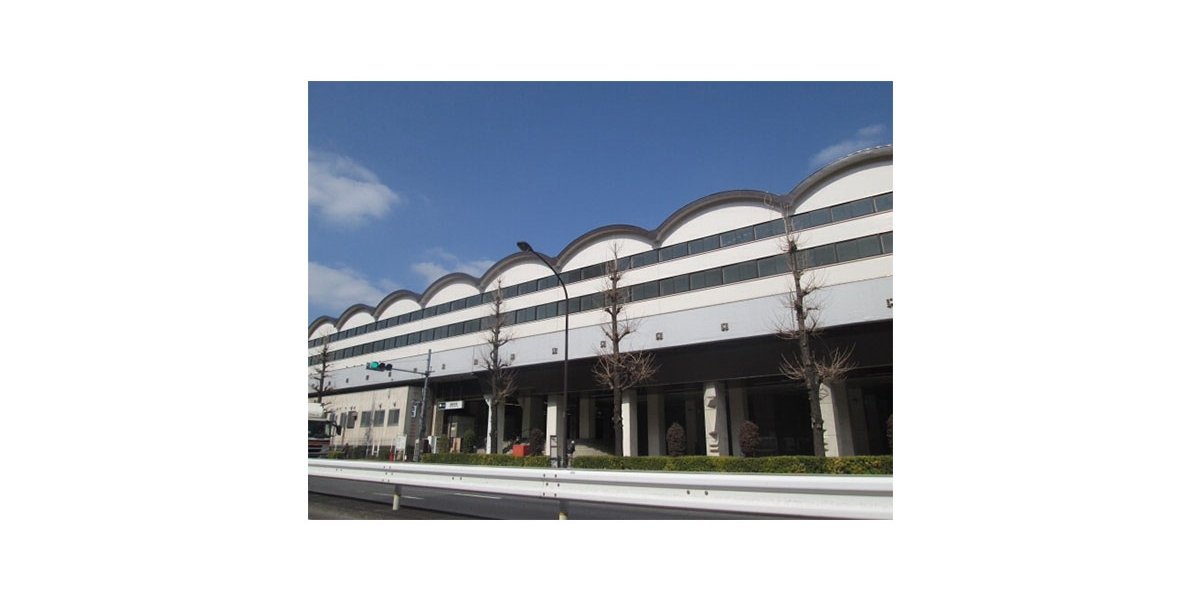
Recently viewed properties
